Beside the famed Nada sake (灘酒) and the omnipresent Mount Rokko (六甲山), I just discovered yet another subject that I can accentuate when introducing my neighborhood: The “Mikage” in “Mikage-ishi” (御影石; synonymous to granite) is none other than the Mikage neighborhood that’s within walking distance from my house!
Mikage is in general referred to the western part of the Higashinada ward (東灘区), between Mount Rokko in the north and the ocean to its south. And yes, it’s also the “Mikage” in “Mikage-Gou” (御影郷) of Nada-Gogou (灘五郷; lit. “Five Villages of Nada”). In terms of stations, there are Mikage Stations of Hankyu Kobe Line (阪急神戸本線) and Hanshin’s Main Line (阪神電気鉄道本線).
So what brings granite into the picture?
It turns out that Mikage was the major area that granite rocks that had been mined from Mount Rokko were shipped out from, thus the name “Mikage-ishi” (lit. “rocks of Mikage”). Due to the area’s close proximity to the ocean, Mikage-ishi were conveniently shipped out to everywhere in the country and made its name since Sengoku period (15-17 century AD) and especially in the Edo period (17-19 century AD).
Mikage-ishi has been traditionally known for its high and consistent quality. While the term “Mikage-ishi” can be synonymous to the official name of granite “花崗岩,” the real Mikage-ishi (i.e. granite that was actually produced in the area) is rare nowadays and is called “本御影石” to specify.
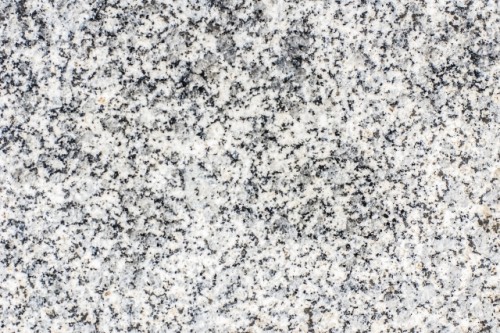
The region’s mining history also explains the origin of other rock-related place names in surrounding areas, such as Ishiyagawa (石屋川), Oishi (大石) or Iwaya (岩屋) (which are also the Hanshin stations following Mikage).
For local Kobe residents, Mikage means luxury real estate. A quick research shows, the high-end residential area around Hankyu Mikage and north of JR Sumiyoshi (住吉) is in fact the original luxury real estate of Hyogo prefecture and is more historical than the city of Ashiya (芦屋) (which is known for its premium premises and where the legendary Rokurokusouchou (六麓荘町) is located).
But less would know that the now-glamourous Mikage is indeed the backdrop of the post-war short story Grave of the Fireflies (火垂るの墓; Hotaru no Haka) – which the most of us would know it by the Studio Ghibli adaption of the same name. The story, for those who don’t recall, tells of the story of a pair of brother-sister siblings who struggled to survive as orphans near the end of WWII and died of malnutrition and starvation separately.
The story was written as a semi-autobiography by Akiyuki Nosaka (野坂昭如) about his experience with the war in particular after the Bombing of Kobe that took place in March 1945. The episodes in the story such as losing of family during the bombing, staying at his relatives in Sannomiya, memories of the fireflies and losing of one of his sisters due to starvation were based on actual events in the writer’s life.
Today, you can see a stone statue with a scene from Ghibli’s Grave of the Fireflies near Ishiyagawa station and across from Mikage Kougaidou (神戸市立御影公会堂; lit. Kobe Public Mikage Meeting Hall), which is the same building that appeared shortly in the animation and is literally minutes’ walk from my home!
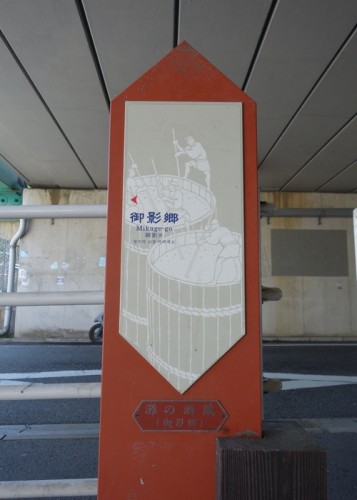
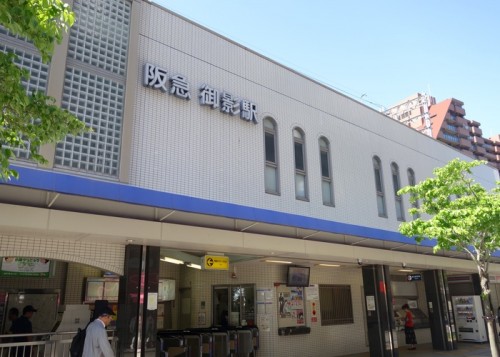
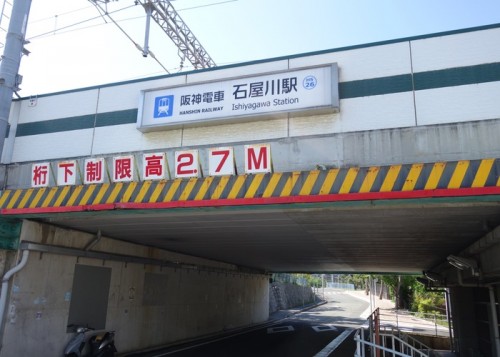
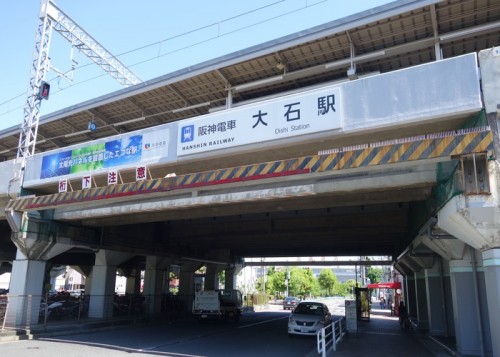
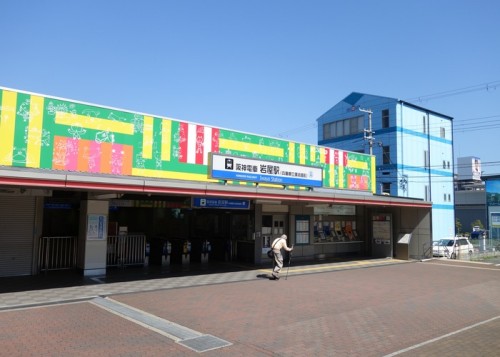
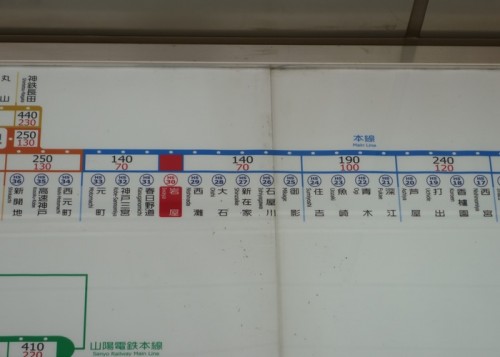
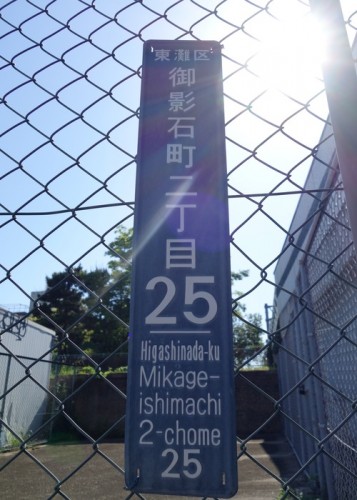
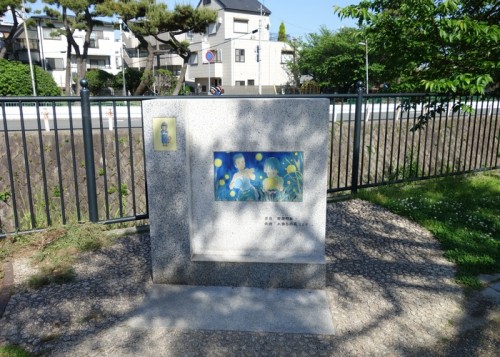
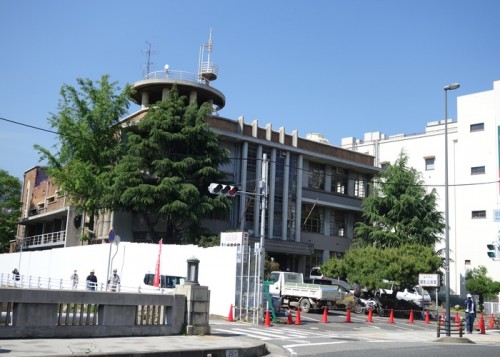
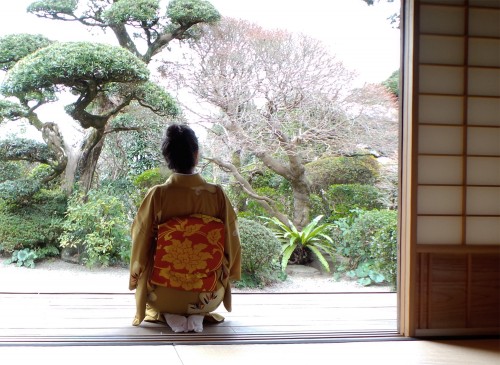
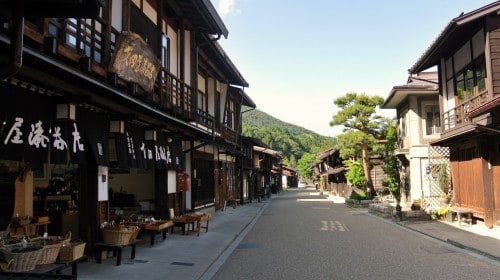
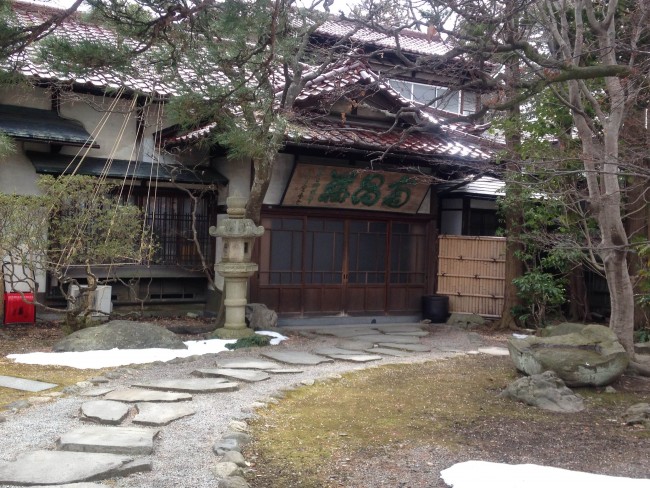
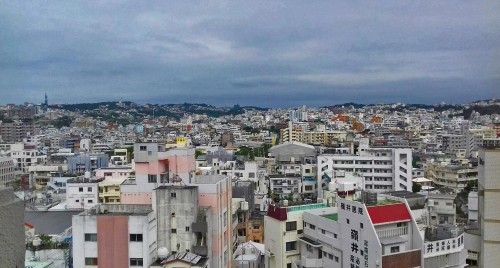
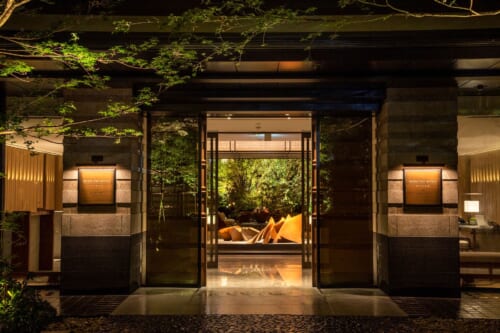


No Comments yet!